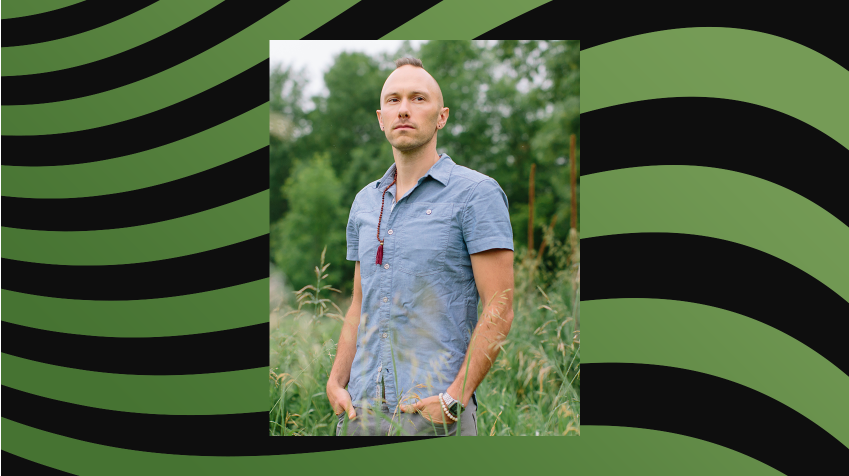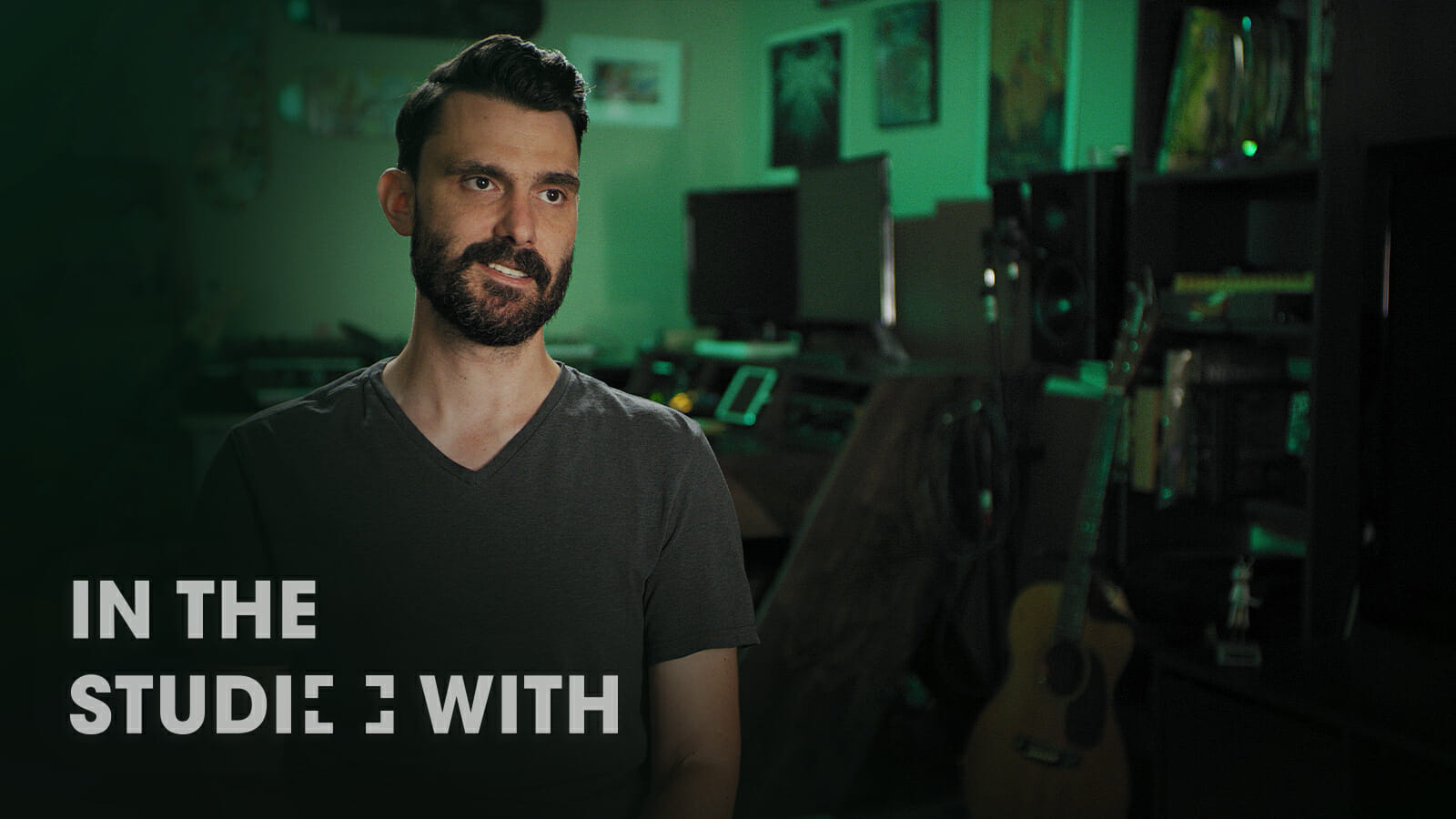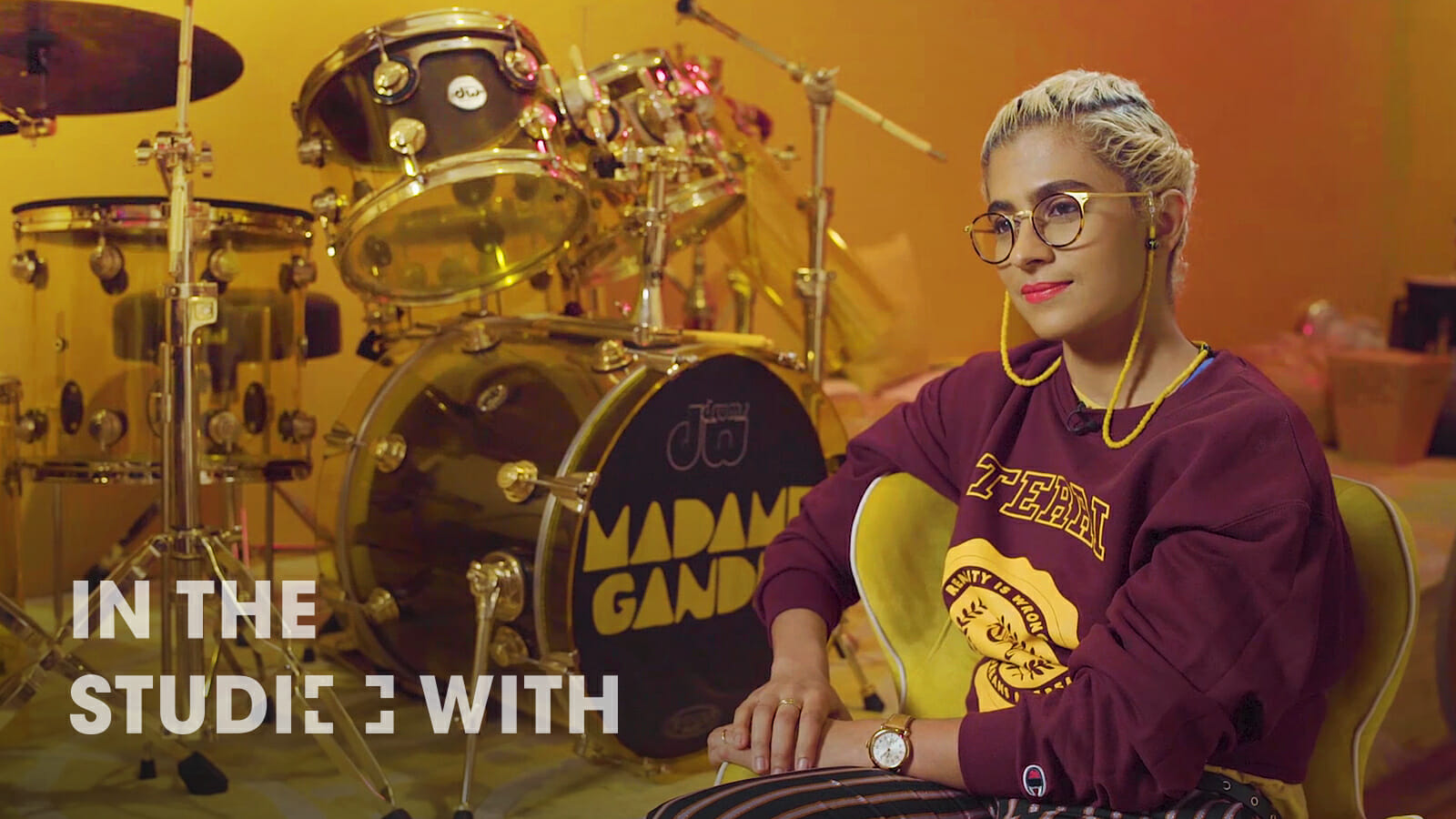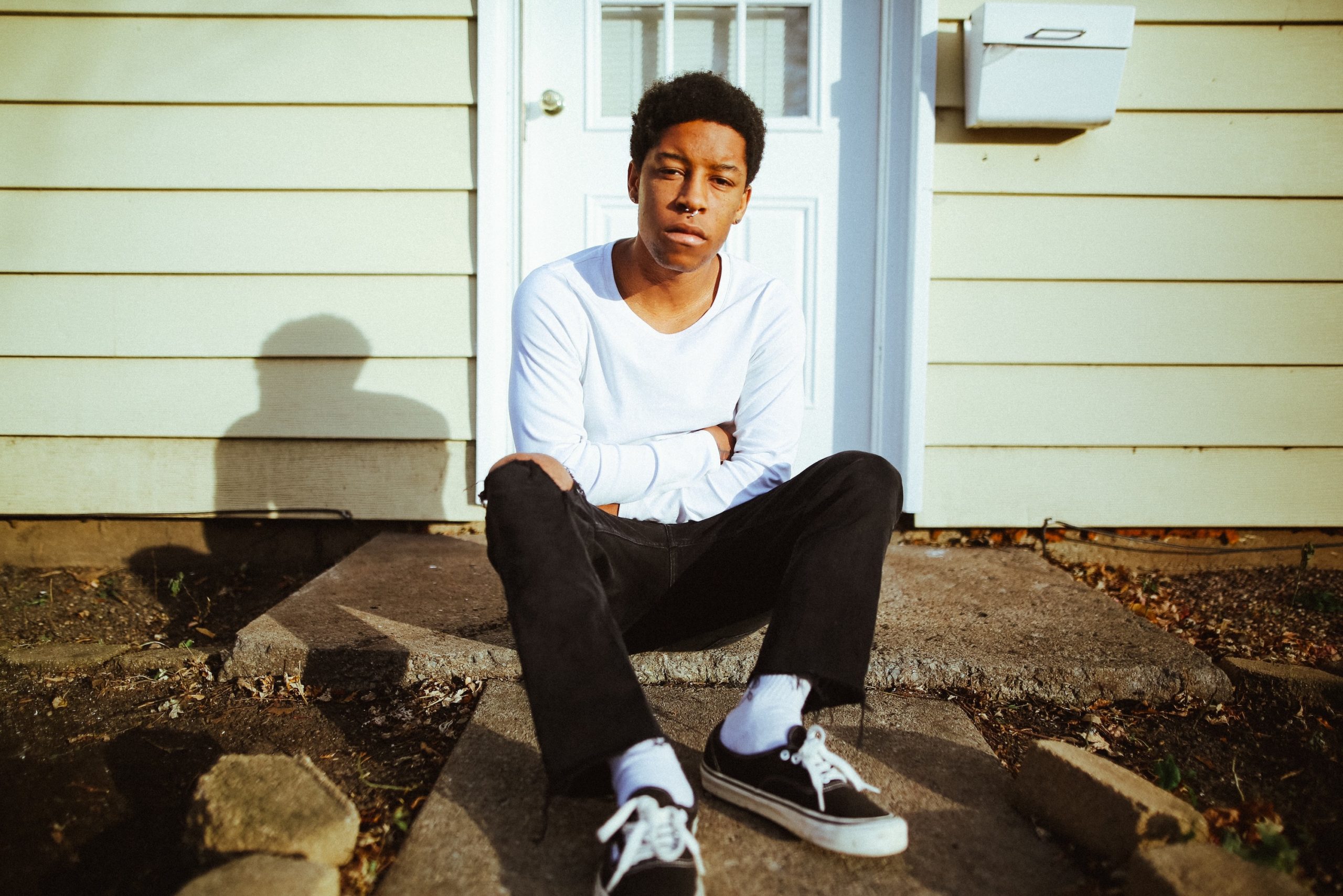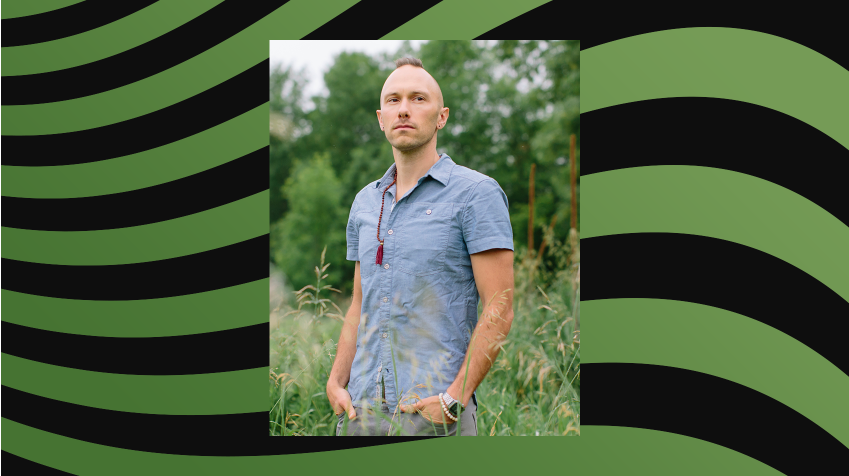
Talkback is an interview series from Output, focusing on the workflows and production techniques used by musicians in their craft. Up next: Ambient practitioner East Forest on how he crafts music for therapeutic psychedelic meditation.
Any artist will tell you: The wonder of music is how it can make us feel emotions that words can’t convey. But few understand music’s importance to human spirituality, rituals, and meditation quite like Trevor Oswalt, aka musician East Forest.
For over a decade, Oswalt’s style of emotive ambient and contemporary classical music has captured audiences, facilitating their mind-awakening journeys. “I’m just trying to write beautiful music that I enjoy, and push edges for myself creatively,” he tells Output over Zoom. “Genres and labels have always been a perennial issue for me, because the work is challenging to define.”
East Forest performances, or “ceremonies,” are far from traditional concerts. They’re held in the round, with the audience gathering on yoga mats, sitting or lying down. His live performance setup features a Nord Electro keyboard with a pair of Novation Launchpads placed on top, controlling field recordings and other sounds using Ableton Live.
Oswalt’s journey led him to cross paths with one of his heroes, Ram Dass — the American yogi and spiritual teacher whose 1971 book Be Here Now was a critical text to the ‘70s counterculture movement and inspired one of George Harrison’s greatest solo tracks. East Forest met with Dass at his Maui home in 2018 to record a series of collaborations: New spoken-word teachings from Dass, mixed with ethereal electro-acoustics and piano from Oswalt.
“He was a teacher to me from afar, like he was for many who read Be Here Now,” Oswalt says. “I loved that he didn’t have any kind of religious dogma — It was more grounded in intellectualism, humor, and psychedelics. And that combination was really powerful for me.”
Dass’ teachings continue to resonate throughout East Forest’s work — sometimes quite literally. Last year saw the release of “Sit Around the Fire,” a collaboration between Dass, East Forest, and respected London producer and composer Jon Hopkins. The song came two years after Dass’ passing in 2019, re-contextualizing one of the spiritual guide’s 1975 recordings.
On a musical level, East Forest’s work is atmospheric and alchemical. It raises the question: How does one go about creating music spontaneously, for the purpose of facilitating spiritual enlightenment? Oswalt spoke to Output over Zoom about his setup, the magic of improvisation, and the launch of his new online ceremony and music guidance platform, Journey Space.
Your work focuses on helping Westerners achieve therapeutic psychedelic experiences. How is this achieved with music?
Most journeys traditionally start with some kind of rhythm — a beat or shaker or rattle — to get the brain into a trance state. Any singing is usually wordless. Without English to activate the language parts of your brain, you tap into a place of malleability in your psyche, and then work out of it.
Tension and release is important, as it is in all music. The field recordings are used as a way of reflecting ourselves in nature, but they also create natural valleys between peaks.
Climb new mountains: Explore the power of Distant Voices, now with all-new Instruments. Only in Arcade.
How do you approach field recording? Do you only record your own sounds?
Until the Ram Dass track with Jon, I’ve only ever used field recordings I captured myself. There is a magic to the moments you come across in your own life, and limiting yourself can lead to wonderful synchronicities. You have to know when to explore and when to not give yourself too many choices.
Tell me about your live performance setup. I’m curious about how you’re routing all your sounds.
It’s a hybrid setup. The Nord gives me all the different keyboard sounds I need — piano, Rhodes, organs, Wurlitzers, some synths — and I’m using a live Boomerang loopers on the floor underneath to put layers together. Ableton Live is used to launch any clips, like field recordings, hi-hats, or other clips. It’s very flexible, so I’m always changing up the set.
I often like to have a piano on stage, or other musicians when possible — bass guitar, strings, just depends on the gig. Playing solo is cool because it’s so flexible in the moment for improvisation.
Need a new piano in your life? Check out our list of the best free piano VSTs you can download right now.
What’s your approach to improvisation?
In the moment of writing, you have to challenge yourself to try new things. Obviously, every musician has their toolbox and things they lean on, but this is how I like to work in the studio, too. Leaning into the sense of discovery.
When you really open yourself up to the possibilities, it feels like you’re channeling energy and surfing new waves. All of my ceremony albums — like my latest one IN: A Soundtrack for the Practical Psychedelic Practitioner, Vol. II — are all improvised within ceremonies. So in a way, you’re listening back to the birth of something new.
The ceremony albums are culled from hours of performance. How do you put together these records?
It’s a process of curation, as opposed to creation. One thing I absolutely have to do is take some time away from the recordings, and try to experience them at different times of day, in different settings. That way, you’ll notice the vital moments that you might have forgotten about.
IN was captured during virtual ceremonies, which we started hosting during the pandemic. The idea of bringing people together for facilitated journeys, guided by music, led us to develop a new platform called Journey Space. Holding the ceremonies virtually helps keep the cost down, and makes the experience more accessible to people.
Summon your own soundscapes. From Aura and Particles to Feedback and Field of Sounds, Arcade’s got everything you need to pursue your own ambient atmospheres.
